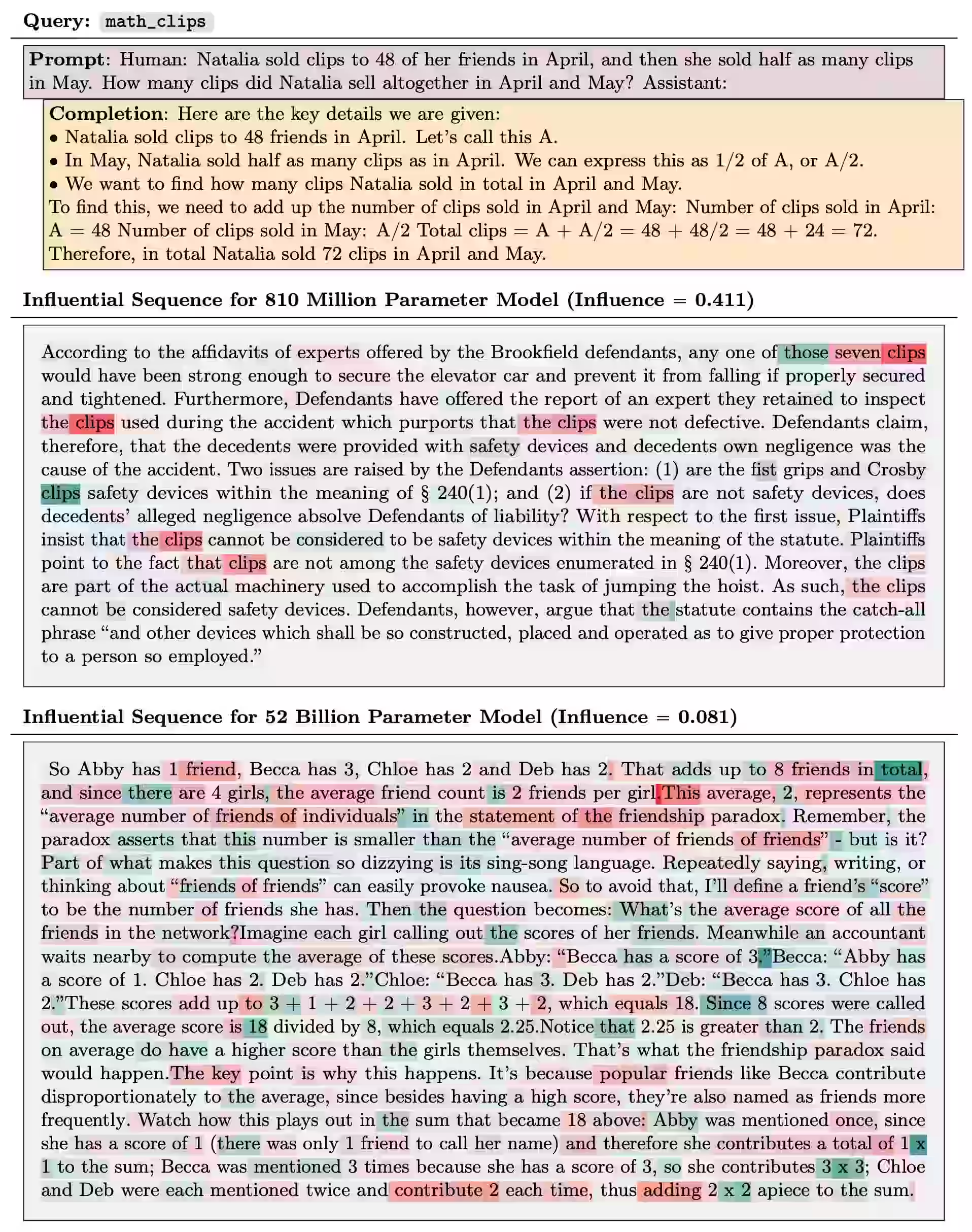Morality and computational constraints
It is as if we knew what we were doing
October 2, 2023 — March 20, 2024
economics
mind
sociology
Notes on computational efficiency of morality.
- Joscha Bach, From elementary computation to ethics? (Hear also his interview)
- APXHARD, Ethical Systems as Computational Optimizations
- https://podcast.clearerthinking.org/episode/177/jeffery-martin-experiments-for-enlightenment-and-fundamental-wellbeing/
- Karl Friston is implicitly involved via his predictive coding
- Junior Okoroafor | Computational Morality
- Grosse et al. (2023) is a magisterial study of LLMs which looks at how they reason from examples. Why I think this is significant TBD.
Professor Javen Qinfeng Shi says:
Mind is a choice maker. Choices shape the mind
- Q learning: do what a good/kind person would do (moment to moment), learn wisdom (V function) and have faith in future and self-growth. It naturally leads to optimal long term accumulative rewards (Bellman equation)
- Policy gradient: learn from past successes (to repeat or mimic) and mistakes (to avoid). Require complete episodes to reveal the end accumulative reward per episode
This is the first time I have heard of policy gradient as utilitarianism versus Q learning as virtue ethics.
1 References
Awad, Edmond, Sydney Levine, Michael Anderson, Susan Leigh Anderson, Vincent Conitzer, M. J. Crockett, Jim A. C. Everett, et al. 2022. “Computational Ethics.” Trends in Cognitive Sciences 26 (5): 388–405.
Bak, Ji Hyun, Jung Yoon Choi, Athena Akrami, Ilana Witten, and Jonathan W. Pillow. 2016. “Adaptive Optimal Training of Animal Behavior.” In Proceedings of the 30th International Conference on Neural Information Processing Systems, 1947–55. NIPS’16. Red Hook, NY, USA: Curran Associates Inc.
Bello, Paul, and Bertram F. Malle. 2023. “Computational Approaches to Morality.” In The Cambridge Handbook of Computational Cognitive Sciences, edited by Ron Sun, 2nd ed., 1037–63. Cambridge Handbooks in Psychology. Cambridge: Cambridge University Press.
Crook, Nigel, Selin Nugent, Matthias Rolf, Adam Baimel, and Rebecca Raper. 2021. “Computing Morality: Synthetic Ethical Decision Making and Behaviour.” Cognitive Computation and Systems 3 (2): 79–82.
DeYoung, Colin. 2013. “The Neuromodulator of Exploration: A Unifying Theory of the Role of Dopamine in Personality.” Frontiers in Human Neuroscience 7.
Dezfouli, Amir, Kristi Griffiths, Fabio Ramos, Peter Dayan, and Bernard W. Balleine. 2019. “Models That Learn How Humans Learn: The Case of Decision-Making and Its Disorders.” PLOS Computational Biology 15 (6): e1006903.
Dezfouli, Amir, Richard Nock, and Peter Dayan. 2020. “Adversarial Vulnerabilities of Human Decision-Making.” Proceedings of the National Academy of Sciences 117 (46): 29221–28.
Edelmann, Joe. 2022. “Values, Preferences, Meaningful Choice.”
Garrido-Merchán, Eduardo C., and Sara Lumbreras-Sancho. 2023. “From Computational Ethics to Morality: How Decision-Making Algorithms Can Help Us Understand the Emergence of Moral Principles, the Existence of an Optimal Behaviour and Our Ability to Discover It.” arXiv.
Grosse, Roger, Juhan Bae, Cem Anil, Nelson Elhage, Alex Tamkin, Amirhossein Tajdini, Benoit Steiner, et al. 2023. “Studying Large Language Model Generalization with Influence Functions.” arXiv.
Lee, Jee Hang, Joel Z. Leibo, Su Jin An, and Sang Wan Lee. 2022. “Importance of prefrontal meta control in human-like reinforcement learning.” Frontiers in Computational Neuroscience 16 (December).
Peterson, Joshua C., David D. Bourgin, Mayank Agrawal, Daniel Reichman, and Thomas L. Griffiths. 2021. “Using Large-Scale Experiments and Machine Learning to Discover Theories of Human Decision-Making.” Science 372 (6547): 1209–14.
Robertazzi, Federica, Matteo Vissani, Guido Schillaci, and Egidio Falotico. 2022. “Brain-Inspired Meta-Reinforcement Learning Cognitive Control in Conflictual Inhibition Decision-Making Task for Artificial Agents.” Neural Networks 154 (October): 283–302.
Stenseke, Jakob. 2023. “On the Computational Complexity of Ethics: Moral Tractability for Minds and Machines.” arXiv.
Todorovski, Ljupčo. 2023. “Introduction to Computational Ethics.” In Artificial Intelligence, Social Harms and Human Rights, edited by Aleš Završnik and Katja Simončič, 161–79. Cham: Springer International Publishing.
Wang, Jane X., Zeb Kurth-Nelson, Dharshan Kumaran, Dhruva Tirumala, Hubert Soyer, Joel Z. Leibo, Demis Hassabis, and Matthew Botvinick. 2018. “Prefrontal cortex as a meta-reinforcement learning system.” Nature Neuroscience 21 (6): 860–68.

